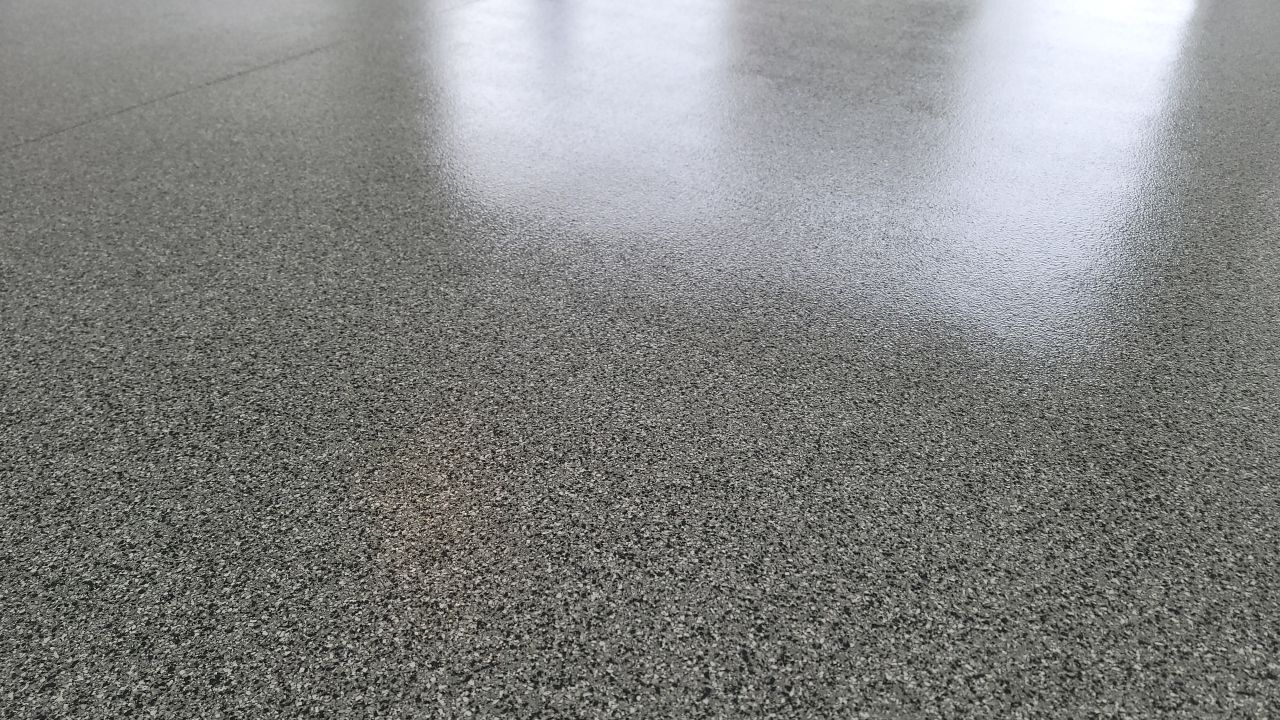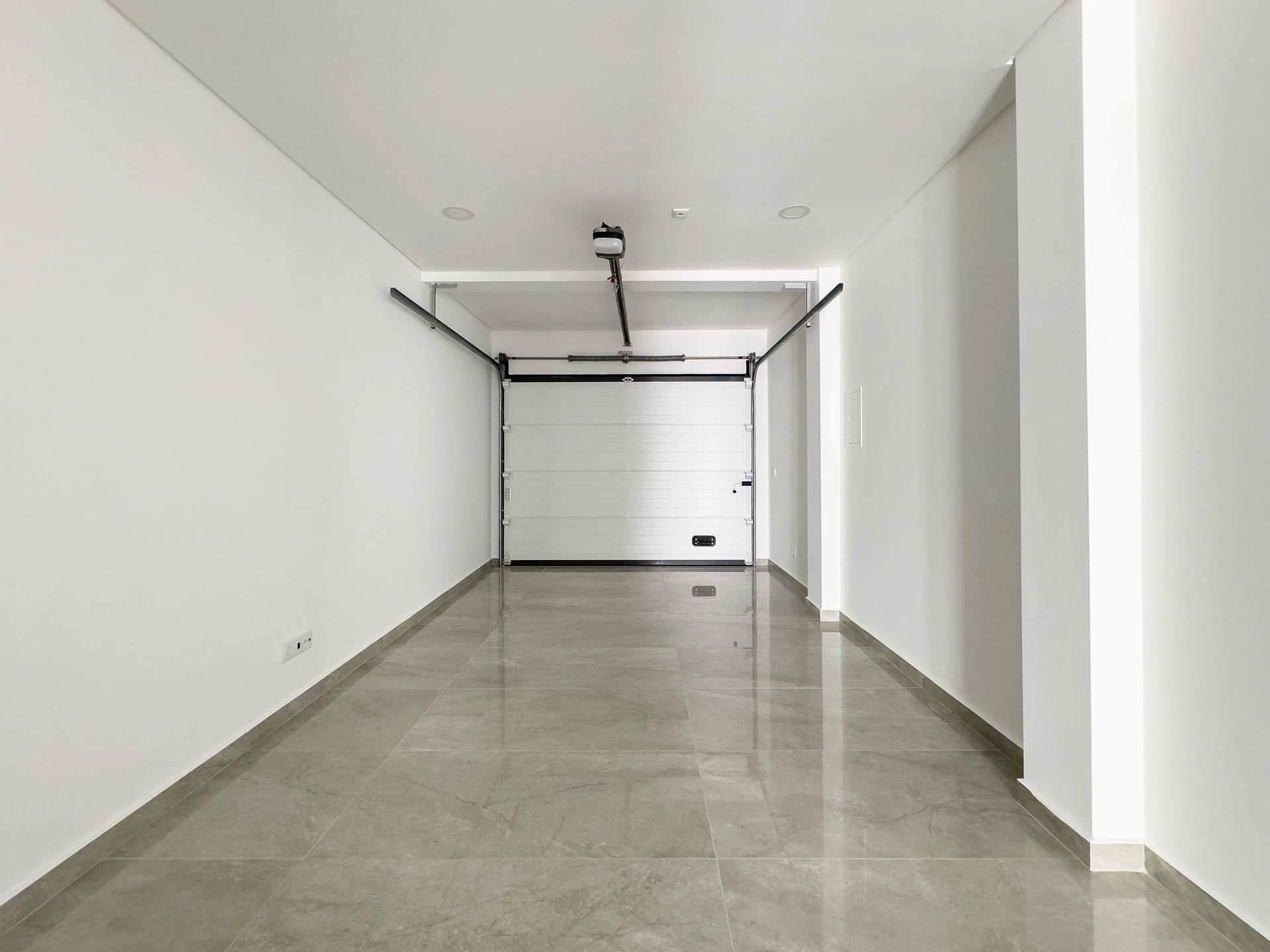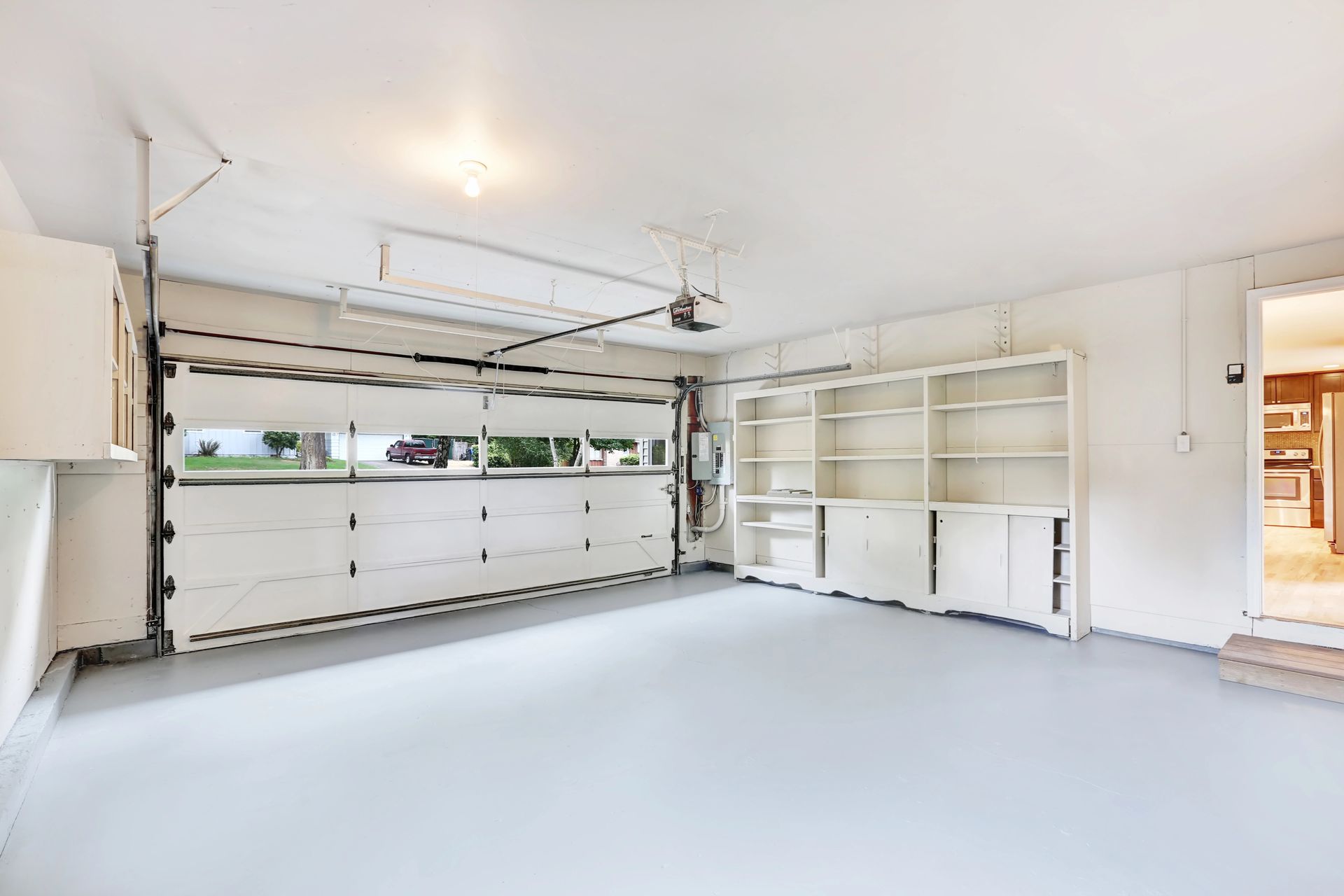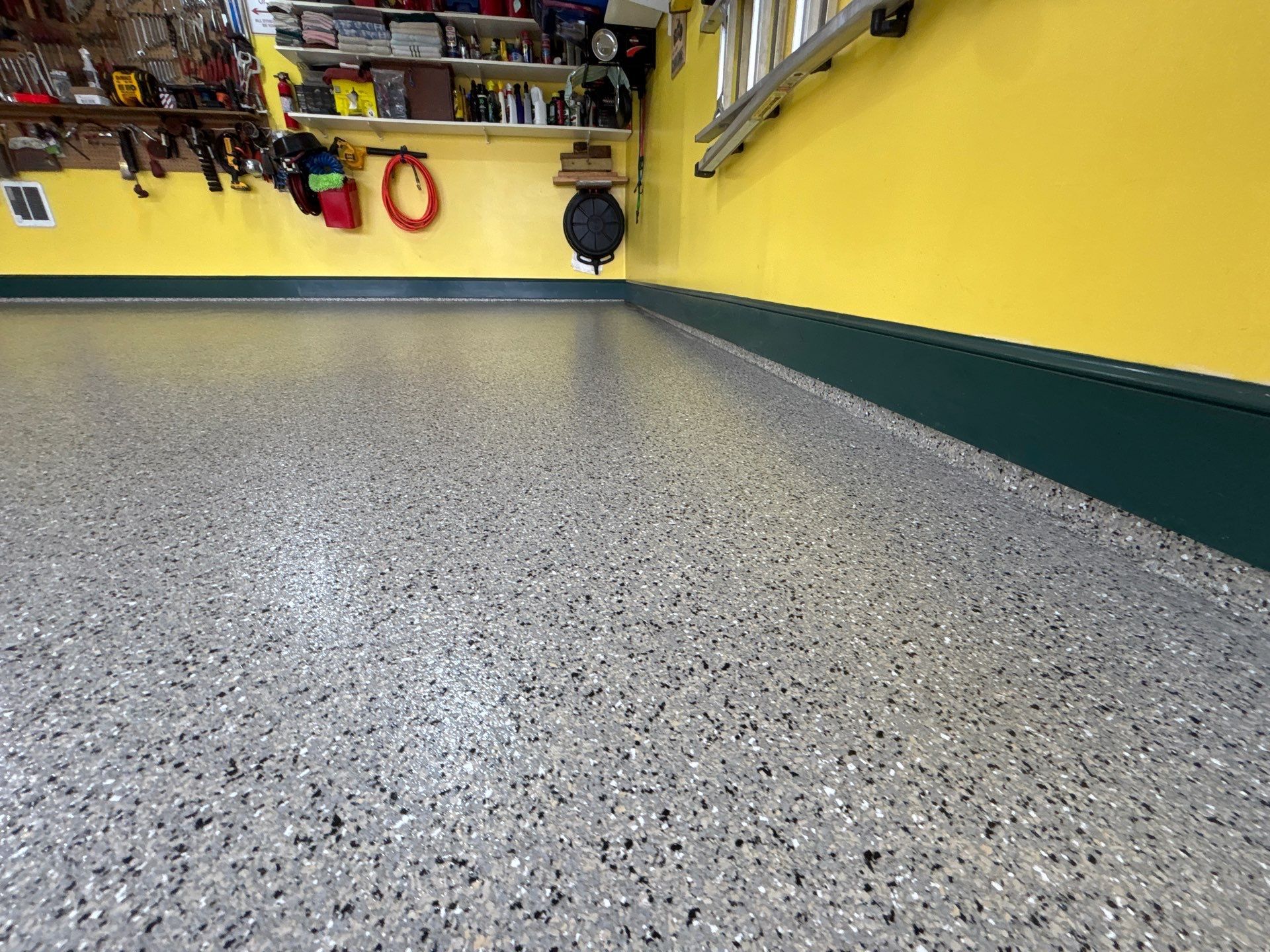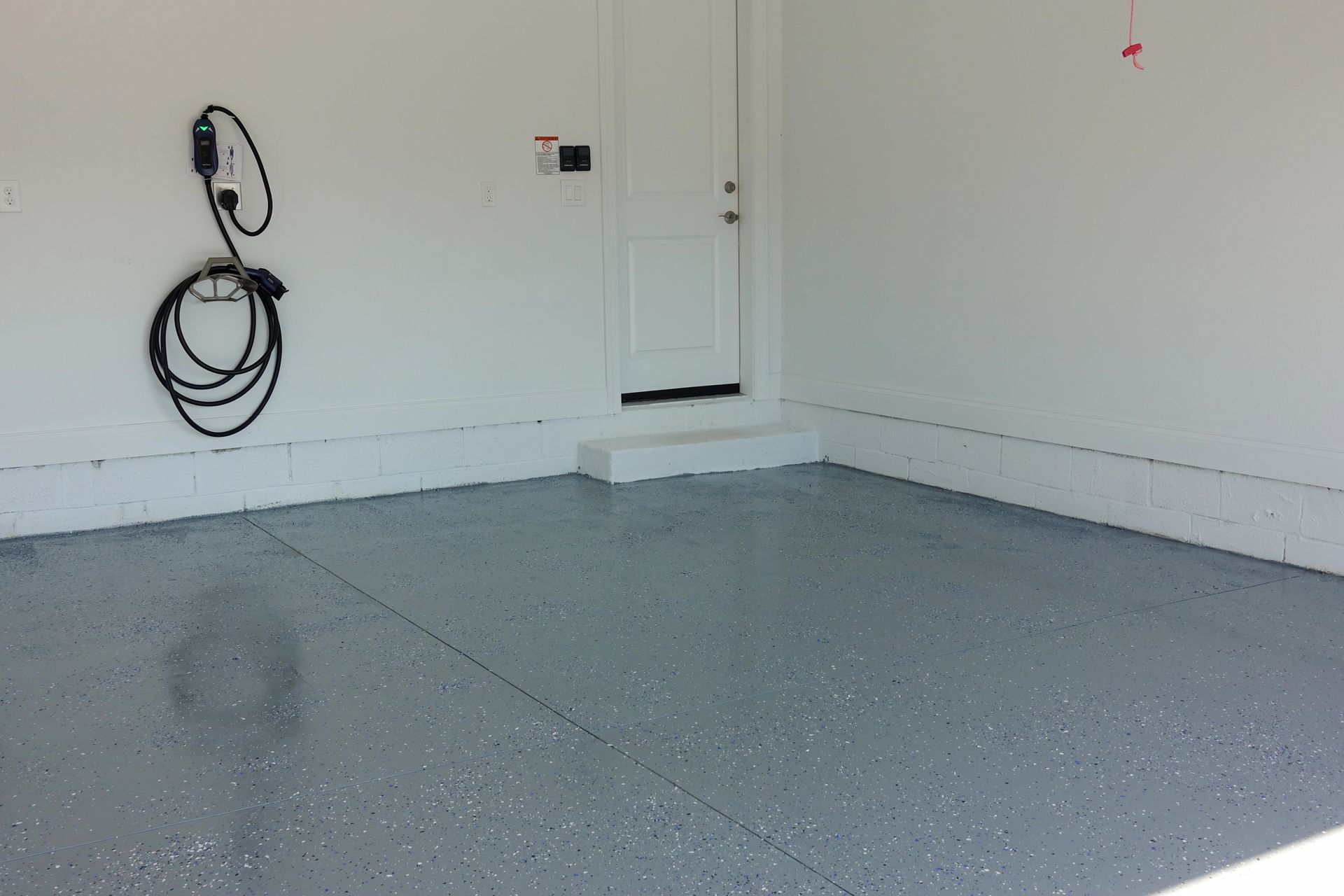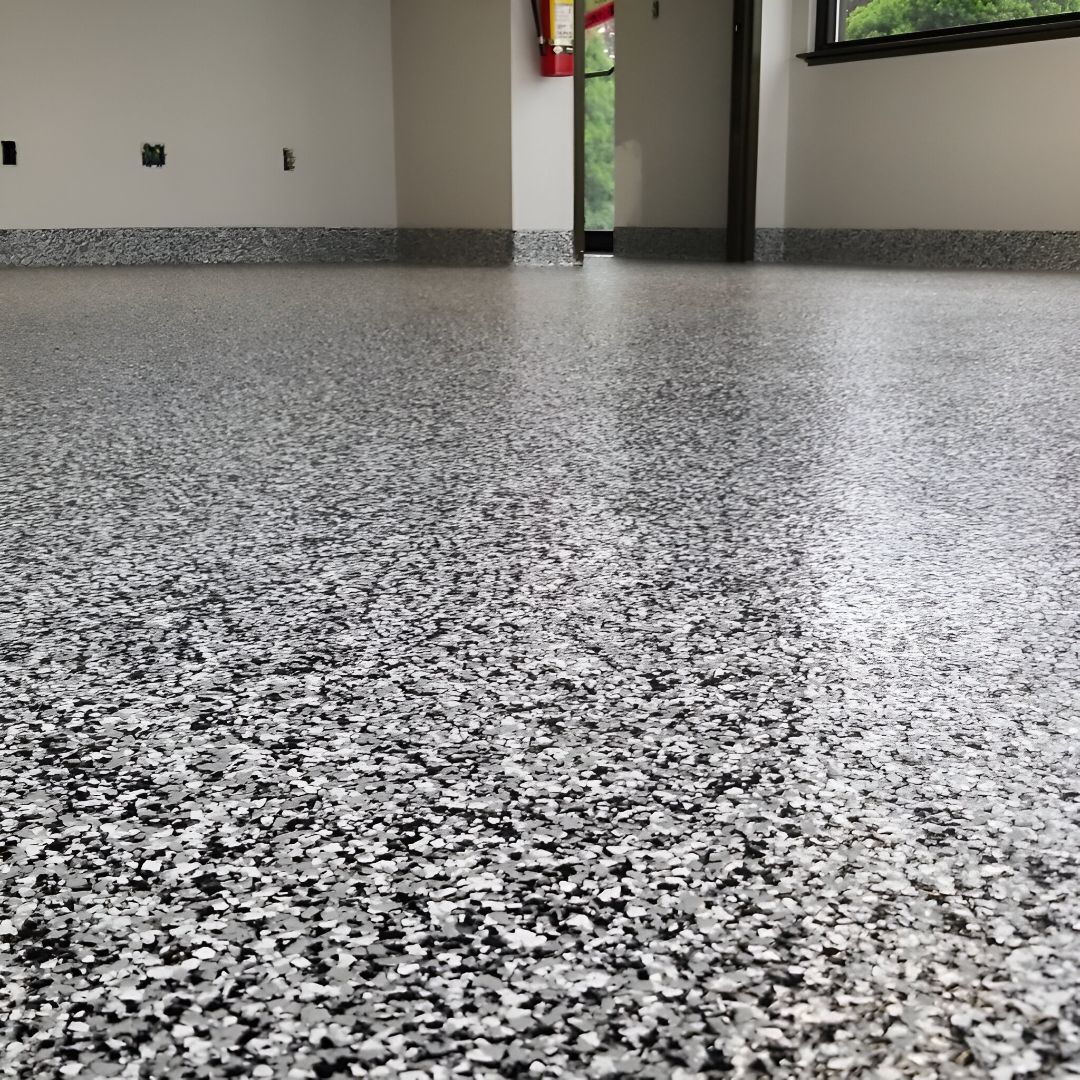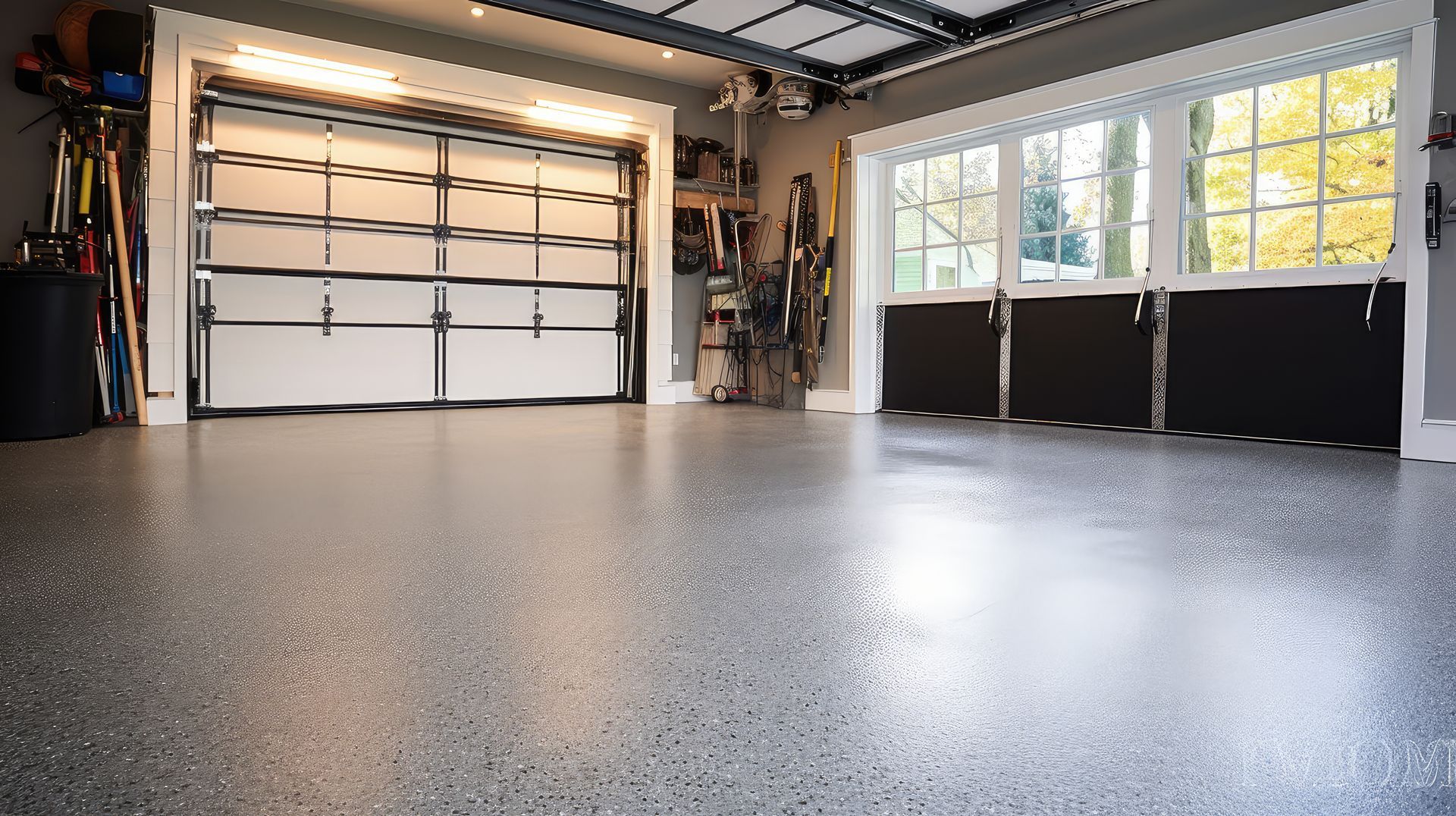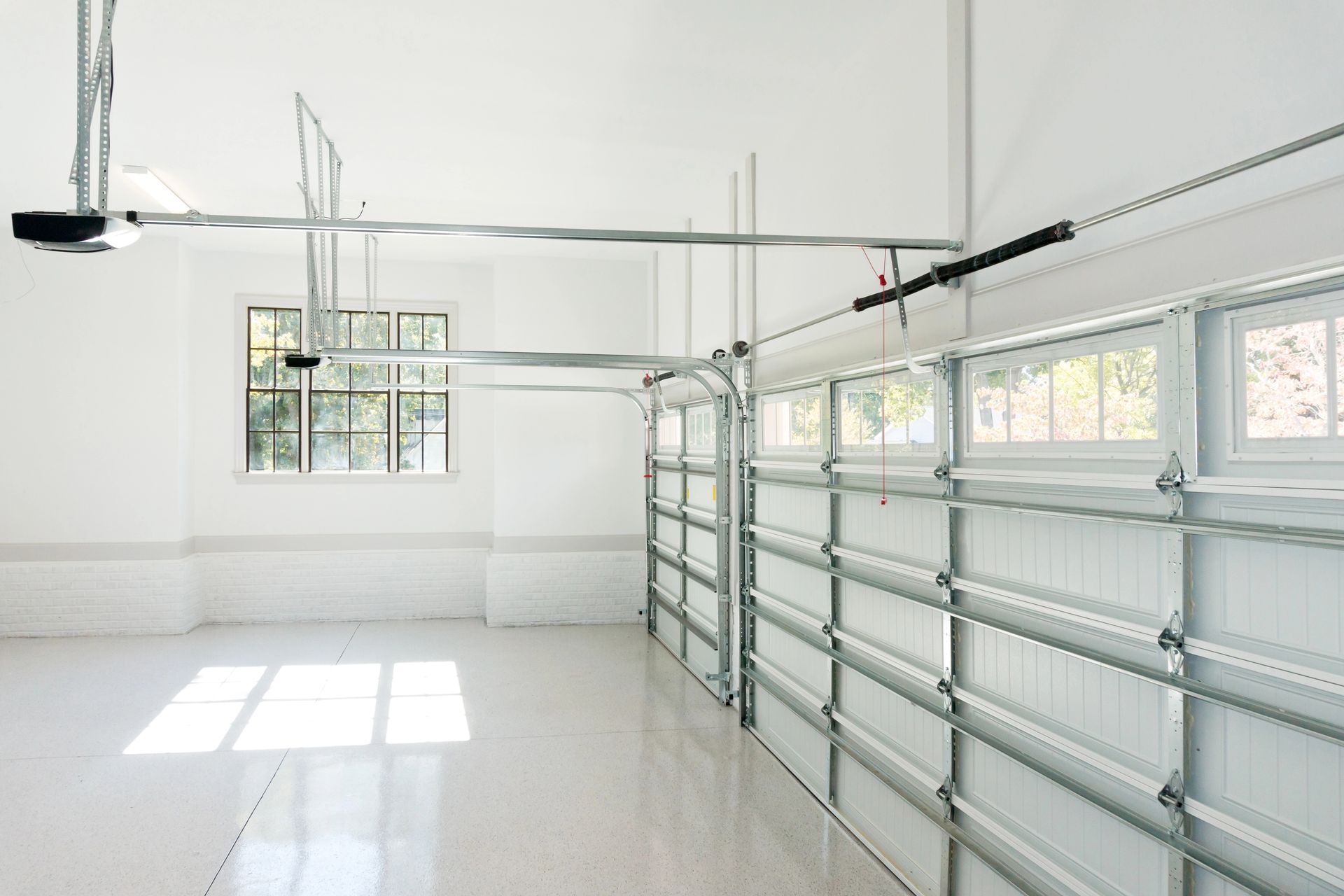How Long Before I Can Park on My Epoxy Garage Floor?
Key Takeaways
- Most epoxy floors need at least 72 hours before supporting vehicle weight—longer in cool, humid, or unventilated conditions.
- Polyurea systems cure far faster, often allowing same-day or next-day return to service, even in Pennsylvania’s variable weather.
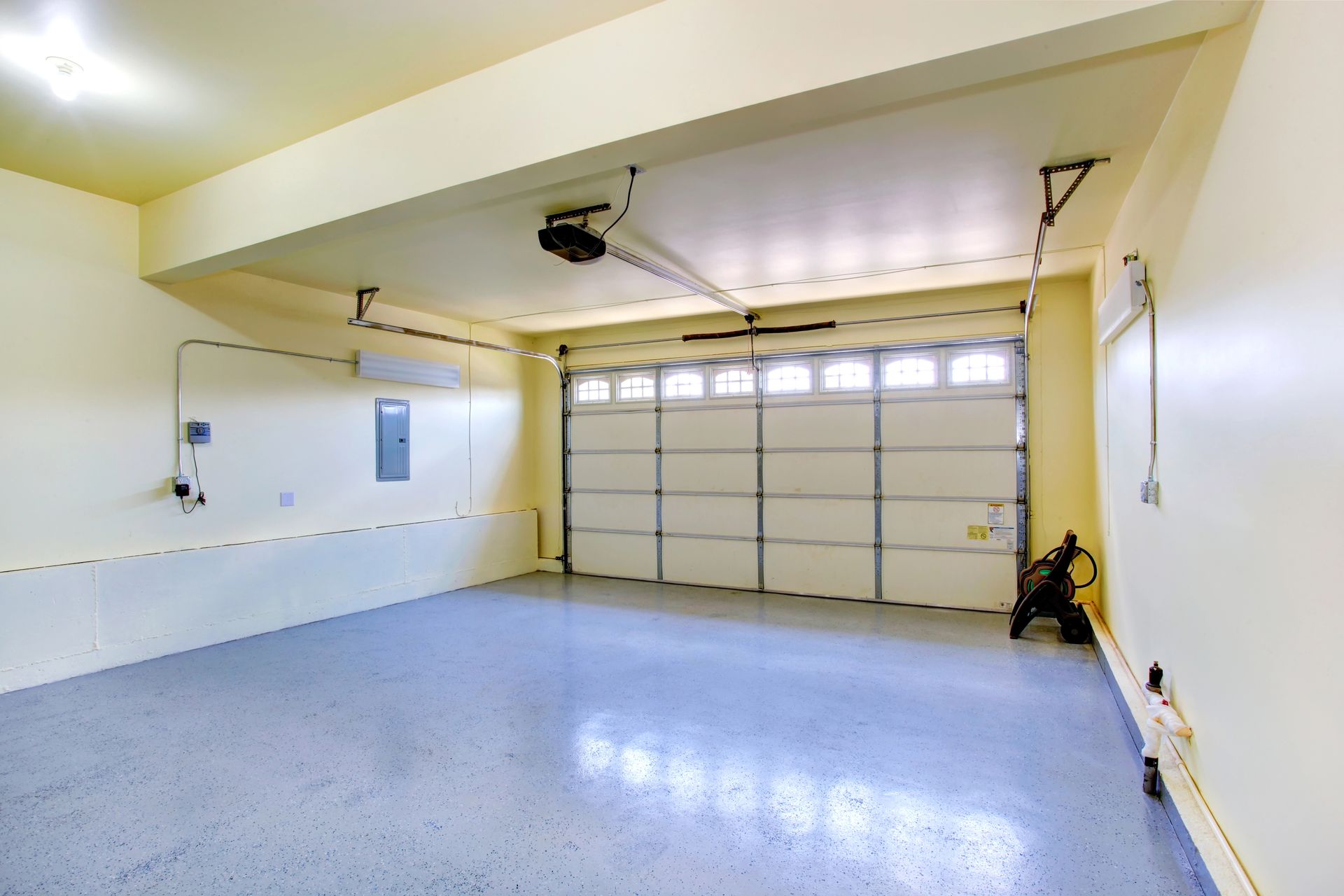
After an epoxy garage floor is installed, the first question every homeowner asks is, “When can I park my car again?” It’s a fair concern—losing access to the garage affects your routine, storage, and the way you move through your home. The short answer: epoxy needs time, and a lot of it, before it’s ready for vehicle weight.
Below, we break down realistic cure timelines, what affects them, why parking too early is the fastest way to ruin a new floor, and how polyurea changes the equation entirely.
Epoxy Cure Times: The Realistic Breakdown
Epoxy cures in stages—not all at once. You can’t judge readiness by how “dry” it looks.
1. Initial Dry: 6–12 hours. You can walk on it in socks or soft shoes, but it’s still fragile.
2. Light Use: 24–48 hours. You can move items carefully, but no rolling loads or heavy pressure.
3. Vehicle-Ready: 72–120 hours depending on temperature, humidity, and airflow.
In Pennsylvania, where temperatures swing between cool mornings and humid afternoons, epoxy often lands on the longer end of that range.
Parking too early causes impressions, hot-tire pickup, or permanent compression marks—problems you can’t “buff out.”
What Affects Cure Time?
Several conditions can speed up or slow down an epoxy cure:
Temperature
Epoxy cures slower in cooler garages. A slab that drops to 55°F overnight can extend cure time by a full day or more.
Humidity
High humidity slows chemical curing and increases the risk of surface blush or tackiness.
Ventilation
Poor airflow traps solvent vapors, delaying the chemical reaction and leaving the coating softer longer.
Thickness of Application
DIY kits often get applied too thick, making the coating cure unevenly.
If you want the floor to actually last, do not rush the parking stage because the surface “feels dry.”
Why Parking Too Early Causes Damage
Epoxy needs to fully crosslink before it can handle the heat and pressure of vehicle tires.
If you park early, you risk:
- Hot-tire pickup (the coating peels where tires sit)
- Compression marks that never disappear
- Staining from rubber and oils while the epoxy is soft
- Surface dulling or smudging
- Bond failure that leads to peeling in cold weather
Once this happens, your only real fix is grinding and recoating the damaged area—there’s no simple patch.
Polyurea: A Much Faster Return to Service
One of the biggest advantages of polyurea systems is their extremely fast cure time—something epoxy simply can’t match.
Typical Polyurea Cure Timeline
- Walkable: within hours
- Move items back in:
same day or next day
- Park vehicles:
often the next day
For homeowners who can’t lose access to their garage for 3–5 days, this is a huge quality-of-life improvement.
Polyurea also cures more predictably in colder or variable temperatures, which is a major benefit in Pennsylvania’s climate.
When You Shouldn’t Park Yet
Hold off if:
- The epoxy still feels tacky
- The garage is exceptionally humid
- Temperature has been below recommended levels
- The installer recommends extra time due to thickness or conditions
- When in doubt, wait an extra 24 hours. It’s cheaper than redoing the entire floor.
How to Protect Your Floor During the Cure
While you’re waiting:
- Keep the garage ventilated (doors cracked, fans running if safe)
- Don’t place tires, jacks, or rolling toolboxes on the surface
- Avoid dragging items—lift instead
- Keep salt, water, and dirt outside until fully cured
A little care upfront prevents long-term headaches.
Frequently Asked Questions
Can I walk on it the next day?
Most epoxy systems allow light foot traffic after 24 hours.
Can I move storage items back sooner?
Wait 48 hours for lightweight items. Heavy shelves or rolling loads should wait a full 72 hours or more.
Can epoxy cure faster with heaters?
Only with controlled conditions. Direct heat or space heaters can cause bubbling or uneven curing.
Does polyurea really cure that fast?
Yes. It’s one of the reasons many homeowners choose it—especially if they use the garage daily.


